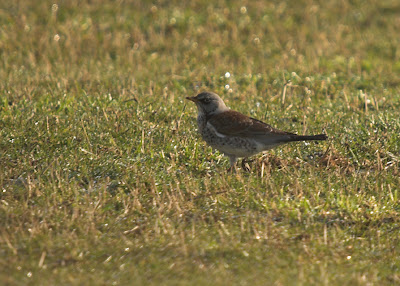

A nice pleasant early walk in the countryside admiring the birds and wildlife can end in complete upset.
Blue skies, warm sun and the frost still on the grass a wonderful morning to be out.
What a fantastic morning to see two hares cleaning their fur far side of the field.
You step into the verge to let past a fleet of four wheel drives full of men in their tweeds.
A tractor approaches pulling a brown box cart with beaters in. They stop and some with guns get out the hares spotted. You walk away upset at what you know is to take place.
As you walk back up the lane beaters are walking and calling accross the fields on the otherside of the lane, there is no escape.
Shots ring out, from where we live it happens all day on Saturdays.
A couple of weeks ago it was the fields down from Wykeham Forest. A hare fled accross the road in front of our car before we saw the beaters.
This has gone on for a few weeks.
I worry that there will be no hares to photograph and enjoy this summer. I could be wrong but how do the shooting fraternity know what is left.
I do not know what damage hares d0. Maybe eat a few beet.
This is sickeningly regarded as a sport, if you want to shoot try clays or target shooting but that's a skill!
I would urge all readers to campaign for protection for hares, at the very least a call for a closed season for hare shooting. Many leverets starve after their parents are shot. I am putting a link on my site to the Hare Preservation Trust. Their website is being re-vamped but a down loadable form to petition for a shooing close season from February to September inclusive will be available so please keep viewing.
Postscript:
Neighbour reports 5 hare carcasses this week in hedge bottom.
Reports of a trailer with dead hares hanging over an A frame
Dead hare on main Pickering Road today a road kill but caused by what?















































